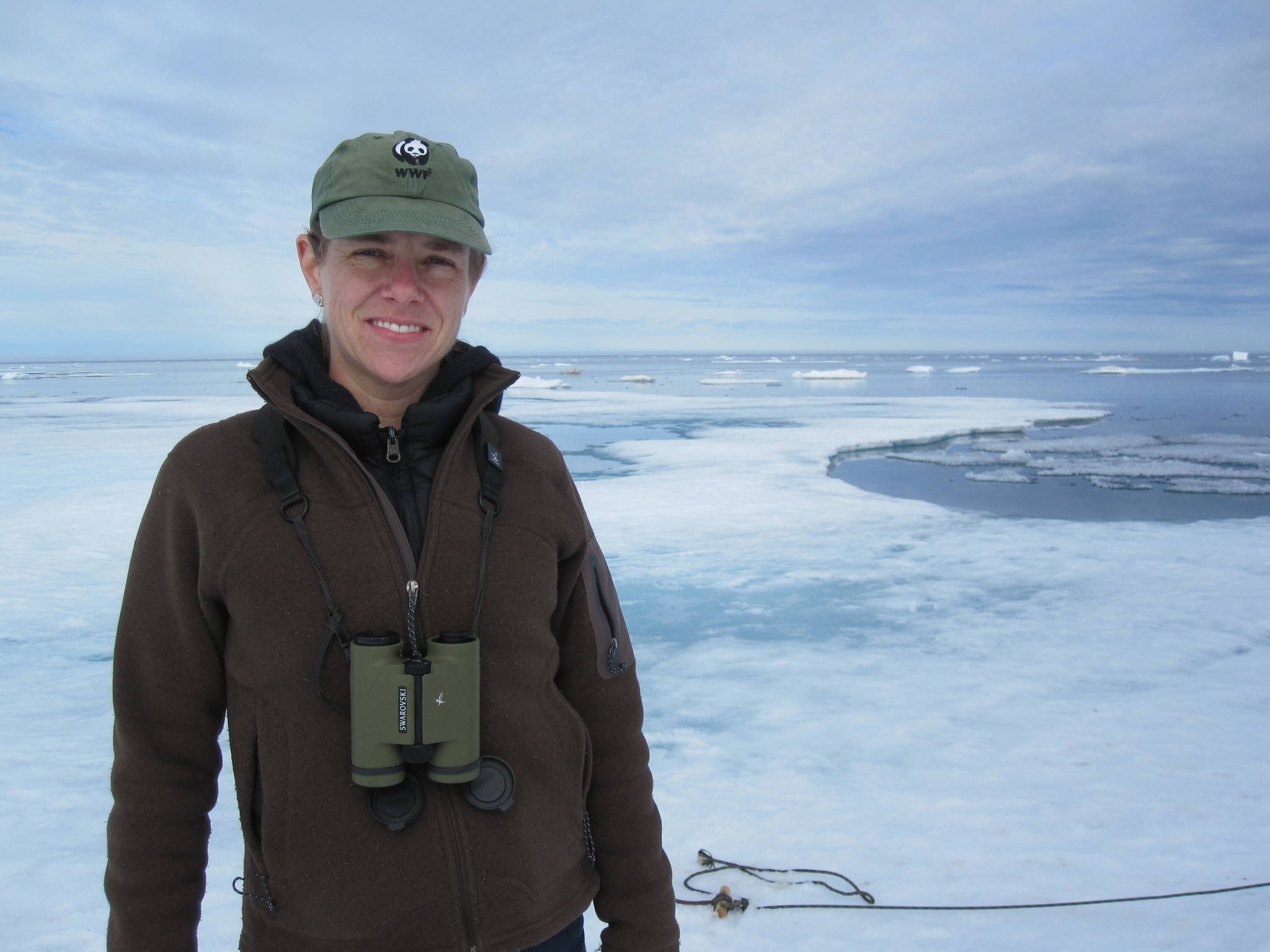Imagine a place that serves as a buffer to wildlife in the face of the massive climate change we’ve been hearing about lately. In this place, caribou roam thousands of miles, unimpeded by roads or pipelines. Pristine rivers snake across the landscape, teeming with salmon that sustain bears, eagles, otters and people. Tens of thousands of bowhead whales, beluga whales and walrus gather offshore, and migratory birds from every continent fill the skies.
This place could be Alaska three decades from now, if growing momentum to address climate change leads to a new level of action. But industrialization of our Arctic — from the expanding spider web of roads and pipelines to the pumping of more fossil fuels into the air — adds more stress to species, ecosystems and communities already feeling the brunt of climate change. A UN report released this week highlights the acuteness of these changes, projecting that warming oceans and rising sea levels could impact one billion people by 2050.
[UN climate report warns of warming oceans. Here’s what that means for Alaska.]
The report by the Intergovernmental Panel on Climate Change (IPCC) offers a glimpse of a future where we’ve failed to keep planetary warming below the critical threshold of 2° Celsius. It’s a world where retreating ice sheets have ushered in an era of submerged nations, widespread food and water insecurity, extreme weather and accelerated warming. The report represents the consensus findings of more than 100 scientists from over 30 nations. But those of us who call Alaska home don’t need to be warned about danger looming on the horizon. In Alaska and other Arctic regions around the world, that 2° future is already here.
This summer, Alaskans experienced the gravity of climate change across the state. We felt the acrid smoke from wildfires burning our throats. Our fishing friends found hundreds of salmon that had died before making it to their spawning grounds in the Kuskokwim, Igushik and Koyukuk rivers, stopped by an oxygen-robbing heat barrier of warm water. While visiting the Arctic coast, I was hit by the acidic odor of rotting organic matter wafting from the permafrost. I saw a female polar bear swimming ashore with her two cubs, seeking rest on land because their preferred sea ice habitat — their real home — had retreated 100 miles out to sea.
These changes have implications for all Americans, and indeed all nations. As the IPCC report makes clear, shrinking ice sheets and glaciers and rising seas are likely to spark mass migrations, mass extinctions, the unraveling of ecosystems and the loss of natural resources.
But the IPCC report also makes clear that we still have a choice on how we move ahead. In Alaska, many solutions to reduce our emissions are at hand and must be replicated, including in-river hydropower that does not harm fish, solar and wind energy (look at Kodiak!), energy efficient housing and many other innovative and affordable ways for Alaskans to live lightly on the planet. At the same time, protecting natural habitat will be critical for the future resilience of wildlife and people. The effort to secure protected areas needs to extend beyond the Arctic, to include coral reefs, mangroves, forests and other critical ecosystems that help stabilize our planet’s climate and nourish people in countless ways.
Some of the changes underway in the Arctic and around the world are here to stay. But we can take steps to prevent more damage, while also helping people and nature adapt to the new status quo. If we act now, future generations still have a chance to witness caribou thundering across the tundra, salmon filling our rivers and thriving communities tied to the land and sea.
• Margaret Williams is managing director of the U.S. Arctic program at World Wildlife Fund (WWF). She resides in Anchorage. My Turns and Letters to the Editor represent the view of the author, not the view of the Juneau Empire.

